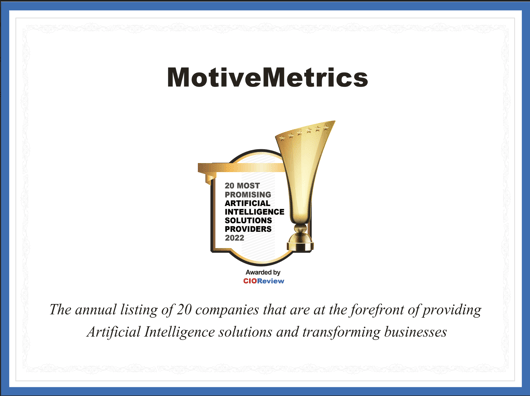How ChatGPT and LLMs are Challenging Google

ChatGPT, DeepSeek, and other AI models are transforming how we search the web, offering faster, conversational answers that bypass traditional results pages. As OpenAI adds real-time search and shopping tools to ChatGPT, it's raising questions about the future of advertising, content monetization, and Google's long-standing dominance. While LLMs promise a better user experience, they may soon face the same trade-offs around trust, bias, and monetization that shaped Google. Consumers, however, stand to benefit from more innovation and competition in how search works.






